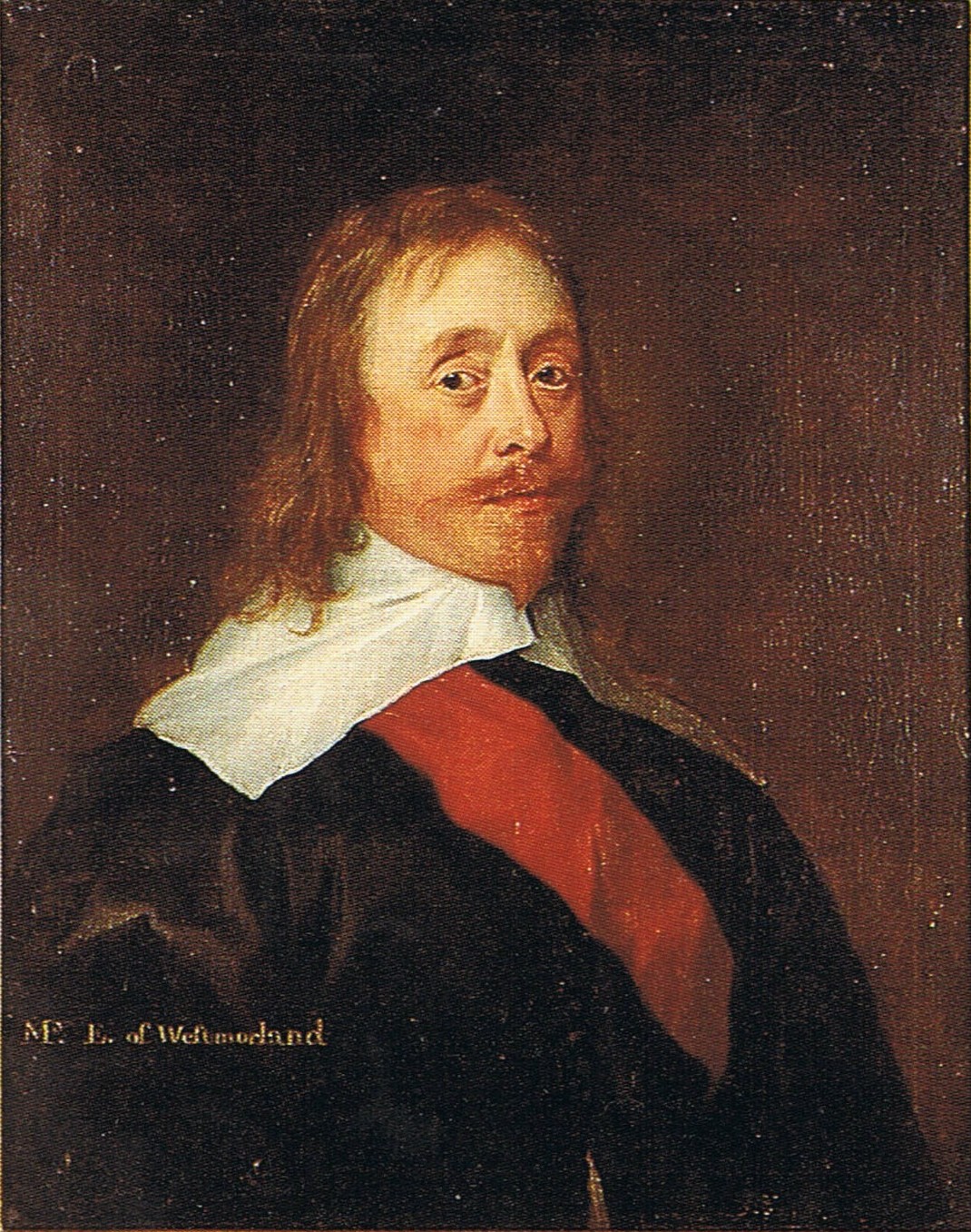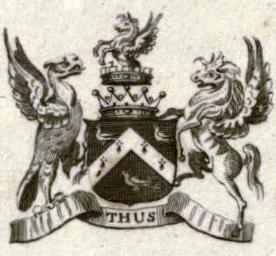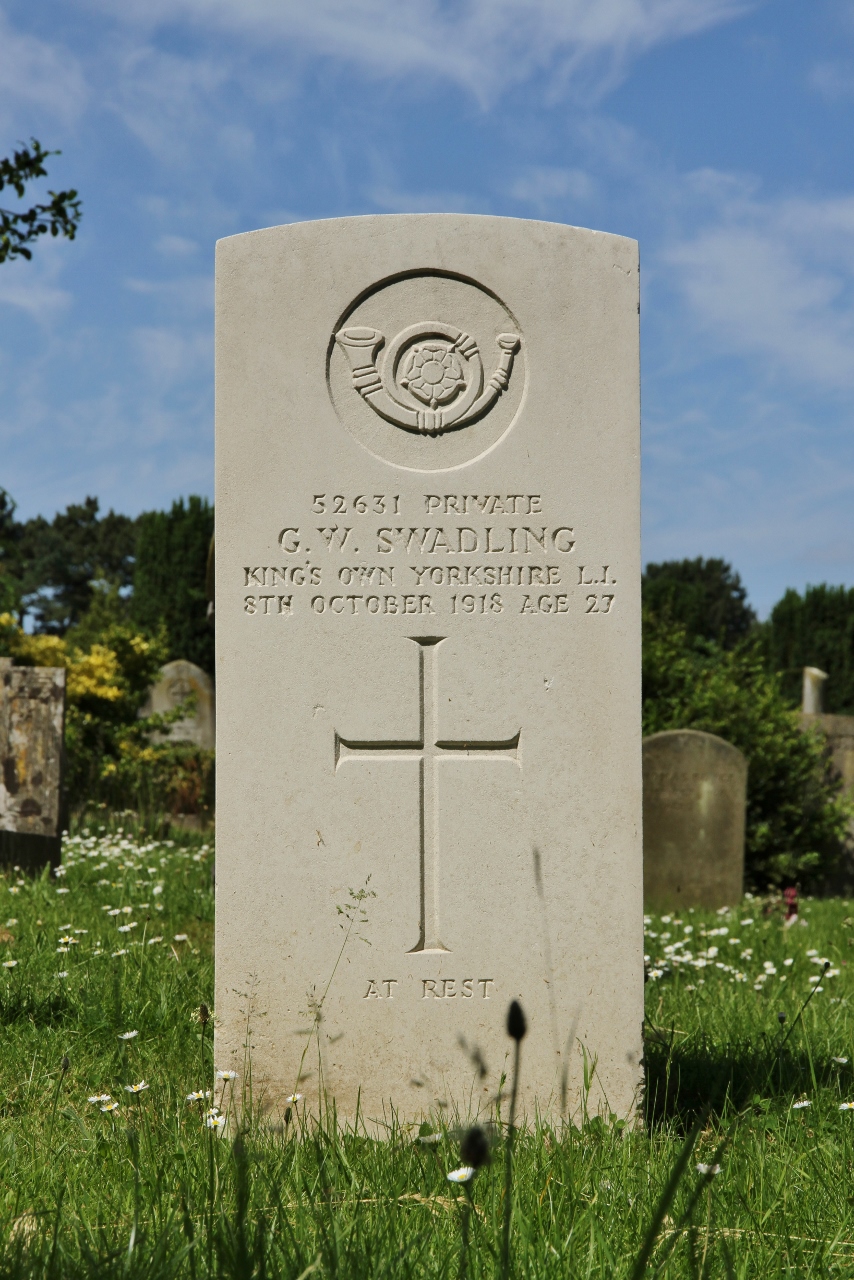|
HMS Captain (1787)
HMS ''Captain'' was a 74-gun third-rate ship of the line of the Royal Navy, launched on 26 November 1787 at Limehouse. She served during the French revolutionary and Napoleonic Wars before being placed in harbour service in 1799. An accident caused her to burn and founder in 1813. Later that year she was raised and broken up. French Revolutionary Wars At the start of the French Revolutionary War, she was part of the Mediterranean fleet which occupied Toulon at the invitation of the Royalists in 1793 before being driven out by Revolutionary troops in an action where Napoleon Bonaparte made his name. During this operation ''Captain'' was deployed in the Raid on Genoa. In June 1796, Admiral Sir John Jervis transferred Captain Horatio Nelson from into ''Captain''. Jervis appointed Nelson commodore of a squadron that was first deployed off Livorno during Napoleon's march through northern Italy. In September 1796, Gilbert Elliot, the British viceroy of the Anglo-Corsican Kin ... [...More Info...] [...Related Items...] OR: [Wikipedia] [Google] [Baidu] |
Battle Of Cape St Vincent (1797)
The Battle of Cape St. Vincent was a fleet action fought on 14 February 1797 between the British and Spanish navies off Cape St. Vincent as part of the War of the First Coalition. In one of the opening battles of the recently declared war between Britain and Spain, a British fleet under Admiral Sir John Jervis defeated a larger Spanish fleet under Admiral José de Córdoba y Ramos. The British victory helped to secure Britain's access to the Mediterranean; Jervis and his officers were rewarded for their actions, while Córdoba was dismissed from the Spanish navy and forbidden from appearing at court. Background After the signing of the Treaty of San Ildefonso in 1796 allying Spanish and French forces against Great Britain, the Royal Navy blockaded Spain in 1797, impairing communications with its empire. The Spanish declaration of war on Britain and Portugal in October 1796 made the British position in the Mediterranean untenable. The combined Franco-Spanish fleet of 38 s ... [...More Info...] [...Related Items...] OR: [Wikipedia] [Google] [Baidu] |
John Jervis, 1st Earl Of St Vincent
John Jervis, 1st Earl of St Vincent ( ; 9 January 1735 – 13 March 1823) was a British Royal Navy admiral and politician. He served throughout the latter half of the 18th century and into the 19th, and was an active commander during the Seven Years' War, American Revolutionary War, American War of Independence and the French Revolutionary and Napoleonic Wars. He is best known for his victory at the 1797 Battle of Cape St. Vincent (1797), Battle of Cape St. Vincent, from which he earned his titles, and as a patron of Horatio Nelson, 1st Viscount Nelson, Horatio Nelson. Jervis was also recognised by both political and military contemporaries as a fine administrator and naval reformer. As Commander-in-chief of the Mediterranean, between 1795 and 1799 he introduced a series of severe General order, standing orders to avert mutiny. He applied those orders to both seamen and officers alike, a policy that made him a controversial figure. He took his Discipline, disciplinarian system o ... [...More Info...] [...Related Items...] OR: [Wikipedia] [Google] [Baidu] |
First Rate
In the rating system of the Royal Navy used to categorise sailing warships, a first rate was the designation for the largest ships of the line. Originating in the Jacobean era with the designation of Ships Royal capable of carrying at least 400 men, the size and establishment of first-rates evolved over the following 250 years to eventually denote ships of the line carrying at least 80 guns across three gundecks. By the end of the eighteenth century, a first-rate carried no fewer than 100 guns and more than 850 crew, and had a measurement ( burthen) tonnage of some 2,000 tons. Origins The concept of a rating system for British naval vessels dates to the accession of James I of England, following which the fleet was formally divided into "great", "middling" and "lesser" craft. A 1618 commission of enquiry added a further designation of "Ships Royal" for the largest and most prestigious vessels in the fleet, each capable of carrying at least 400 men. The first Ships Royal – ... [...More Info...] [...Related Items...] OR: [Wikipedia] [Google] [Baidu] |
Line Of Battle
The line of battle or the battle line is a tactic in naval warfare in which a fleet of ships (known as ships of the line) forms a line end to end. The first example of its use as a tactic is disputed—it has been variously claimed for dates ranging from 1502 to 1652. Line-of-battle tactics were in widespread use by 1675. Compared with prior naval tactics, in which two opposing ships closed on one another for individual combat, the line of battle has the advantage that each ship in the line can fire its broadside without fear of hitting a friendly ship. This means that in a given period, the fleet can fire more shots. Another advantage is that a relative movement of the line in relation to some part of the enemy fleet allows for a systematic concentration of fire on that part. The other fleet can avoid this by manoeuvring in a line itself, with a result typical for sea battles since 1675: two fleets sail alongside one another (or on the opposite tack). Background The first ... [...More Info...] [...Related Items...] OR: [Wikipedia] [Google] [Baidu] |
Jibe (sailing)
A jibe (US) or gybe (Britain) is a sailing maneuver whereby a sailing craft reaching downwind turns its stern through the wind, which then exerts its force from the opposite side of the vessel. It stands in contrast with tacking, whereby the sailing craft turns its bow through the wind. In this maneuver, the mainsail will cross the center of the boat while the jib is pulled to the other side of the boat. If a spinnaker is up, its pole will have to be manually moved to the other side, to remain opposite the mainsail. In a dinghy, raising the centerboard can increase the risk of capsizing during what can be a somewhat violent maneuver, although the opposite is true of a dinghy with a flat, planing hull profile: raising the centerboard reduces heeling moment during the maneuver and so reduces the risk of capsize. The other way to change the side of the boat that faces the wind is turning the bow of the boat into, and then through, the direction of the wind. This operatio ... [...More Info...] [...Related Items...] OR: [Wikipedia] [Google] [Baidu] |
Order Of The Bath
The Most Honourable Order of the Bath is a British order of chivalry founded by King George I of Great Britain, George I on 18 May 1725. Recipients of the Order are usually senior British Armed Forces, military officers or senior Civil Service (United Kingdom), civil servants, and the monarch awards it on the advice of His Majesty's Government. The name derives from an elaborate medieval ceremony for preparing a candidate to receive his knighthood, of which ritual bathing (as a symbol of Ritual purification, purification) was an element. While not all knights went through such an elaborate ceremony, knights so created were known as "knights of the Bath". George I constituted the Knights of the Bath as a regular Order (honour), military order. He did not revive the order, which did not previously exist, in the sense of a body of knights governed by a set of statutes and whose numbers were replenished when vacancies occurred. The Order consists of the Sovereign of the United King ... [...More Info...] [...Related Items...] OR: [Wikipedia] [Google] [Baidu] |
Earl St Vincent
Viscount St Vincent, of Meaford in the County of Stafford, is a title in the Peerage of the United Kingdom. It was created on 27 April 1801 for the noted naval commander John Jervis, Earl of St Vincent, with remainder to his nephews William Henry Ricketts and Edward Jervis Ricketts successively, and after them to his niece Mary, wife of William Carnegie, 7th Earl of Northesk. He had already been created Baron Jervis, of Meaford in the County of Stafford, and Earl of St Vincent, in the Peerage of Great Britain, on 23 August 1797, with normal remainder to his heirs male. On Lord St Vincent's death in 1823 the barony and earldom became extinct while he was succeeded in the viscountcy according to the special remainder by his nephew, the second viscount. In 1823 he assumed by royal licence the surname of Jervis in lieu of Ricketts. His great-grandson, the fourth viscount, was part of the force that was sent in 1884 to rescue General Gordon at Khartoum, and died from wounds receiv ... [...More Info...] [...Related Items...] OR: [Wikipedia] [Google] [Baidu] |
Portugal
Portugal, officially the Portuguese Republic, is a country on the Iberian Peninsula in Southwestern Europe. Featuring Cabo da Roca, the westernmost point in continental Europe, Portugal borders Spain to its north and east, with which it shares Portugal-Spain border, the longest uninterrupted border in the European Union; to the south and the west is the North Atlantic Ocean; and to the west and southwest lie the Macaronesia, Macaronesian archipelagos of the Azores and Madeira, which are the two Autonomous Regions of Portugal, autonomous regions of Portugal. Lisbon is the Capital city, capital and List of largest cities in Portugal, largest city, followed by Porto, which is the only other Metropolitan areas in Portugal, metropolitan area. The western Iberian Peninsula has been continuously inhabited since Prehistoric Iberia, prehistoric times, with the earliest signs of Human settlement, settlement dating to 5500 BC. Celts, Celtic and List of the Pre-Roman peoples of the Iberia ... [...More Info...] [...Related Items...] OR: [Wikipedia] [Google] [Baidu] |
Corsica
Corsica ( , , ; ; ) is an island in the Mediterranean Sea and one of the Regions of France, 18 regions of France. It is the List of islands in the Mediterranean#By area, fourth-largest island in the Mediterranean and lies southeast of the Metropolitan France#Hexagon, French mainland, west of the Italian Peninsula and immediately north of the Italian island of Sardinia, the nearest land mass. A single chain of mountains makes up two-thirds of the island. , it had a population of 355,528. The island is a Single territorial collectivity, territorial collectivity of France, and is expected to achieve "a form of autonomy" in the near future. The regional capital is Ajaccio. Although the region is divided into two administrative Departments of France, departments, Haute-Corse and Corse-du-Sud, their respective regional and departmental Territorial collectivity, territorial collectivities were merged on 1 January 2018 to form the single territorial collectivity of Corsica. Corsican aut ... [...More Info...] [...Related Items...] OR: [Wikipedia] [Google] [Baidu] |
King's Own Yorkshire Light Infantry
The King's Own Yorkshire Light Infantry (KOYLI) was a Light infantry, light infantry regiment of the British Army. It officially existed from 1881 to 1968, but its predecessors go back to 1755. In 1968, the regiment was amalgamated with the Somerset and Cornwall Light Infantry, the King's Shropshire Light Infantry and the Durham Light Infantry to form The Light Infantry, which in turn was merged with the Devonshire and Dorset Regiment, the Royal Gloucestershire, Berkshire and Wiltshire Regiment and the Royal Green Jackets to become The Rifles in 2007. History The 51st Foot The 53rd Regiment of Foot was raised in Leeds in 1755 and renumbered the 51st in January 1757. In 1782, in common with other regiments of the line, the 51st was given a "county" designation, becoming the 51st (2nd Yorkshire, West Riding) Regiment of Foot. The title of ''Light Infantry'' was given in honour of its former commander General John Moore (British Army officer), Sir John Moore in 1809, and in 1821 the ... [...More Info...] [...Related Items...] OR: [Wikipedia] [Google] [Baidu] |
Anglo-Corsican Kingdom
The Anglo-Corsican Kingdom (; or ), also known officially as the Kingdom of Corsica (; ), was a client state of the Kingdom of Great Britain that existed on the island of Corsica between 1794 and 1796, during the French Revolutionary Wars. Background During the time of the French Revolution, Corsica had been a part of France for just two decades. The Corsican leader Pasquale Paoli, who had been exiled under the monarchy, became something of an idol of liberty and democracy, and, in 1789, was invited to Paris by the National Constituent Assembly, where he was celebrated as a hero in front of the assembly. He was afterwards sent back to Corsica with the rank of lieutenant-general. However, Paoli eventually split from the revolutionary movement over the issue of the execution of King Louis XVI and threw in his lot with the royalist party. Accused of treason by the French National Convention, he summoned a ''consulta'' (assembly) at Corte in 1793, with himself as president, ... [...More Info...] [...Related Items...] OR: [Wikipedia] [Google] [Baidu] |
Gilbert Elliot-Murray-Kynynmound, 1st Earl Of Minto
Gilbert Elliot-Murray-Kynynmound, 1st Earl of Minto, (; 23 April 175121 June 1814), known as Sir Gilbert Elliott, 4th Baronet until 1797, and the Lord Minto from 1797 to 1813, was a British diplomat and politician who sat in the House of Commons between 1776 and 1795. He was viceroy of the short-lived Anglo-Corsican Kingdom from 1794 to 1796 and went on to become Governor-General of India between July 1807 and 1813. Background and education Minto was born in Edinburgh, the eldest son of Sir Gilbert Elliot, 3rd Baronet, and Agnes, daughter of Hugh Dalrymple-Murray-Kynynmound. He was the nephew of John Elliott, Governor of Newfoundland, Andrew Elliot the 41st Colonial Governor of New York, and of Jean Elliot the poet. Hugh Elliot was his younger brother and Sir Charles Elliot his nephew. About 1763 Elliot and his brother Hugh were sent to Paris, where their studies were supervised by the Scottish philosopher David Hume, and where they became intimate with Honoré M ... [...More Info...] [...Related Items...] OR: [Wikipedia] [Google] [Baidu] |






